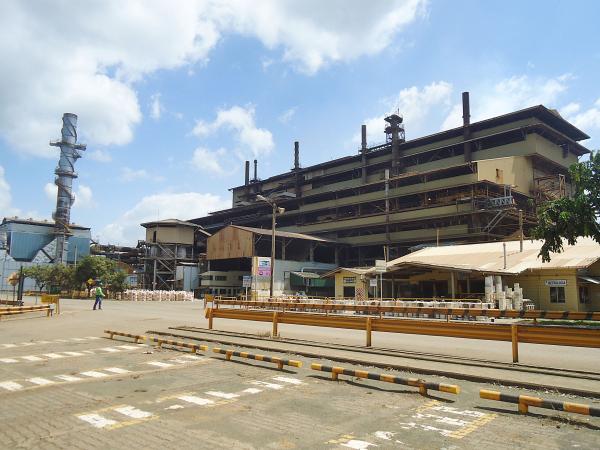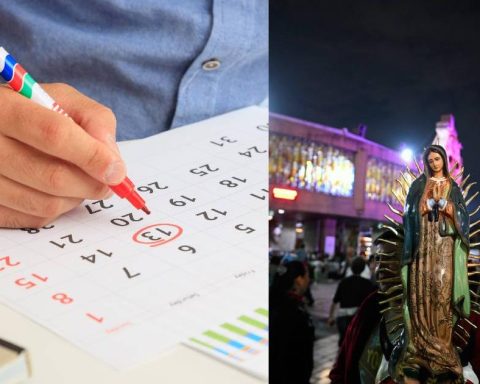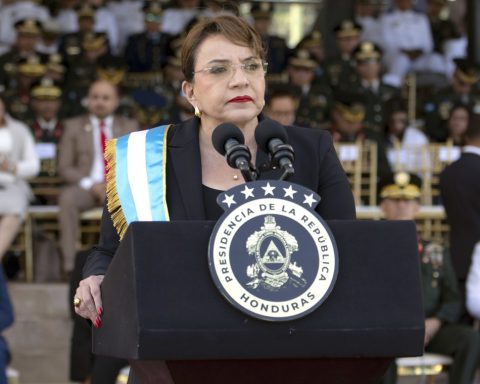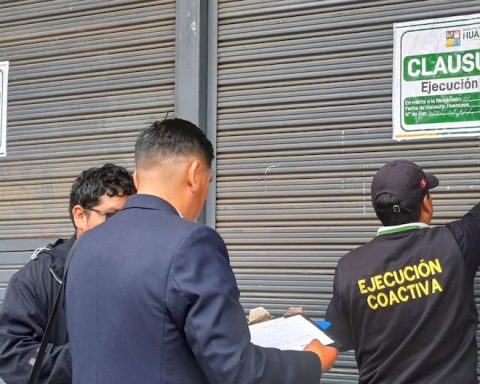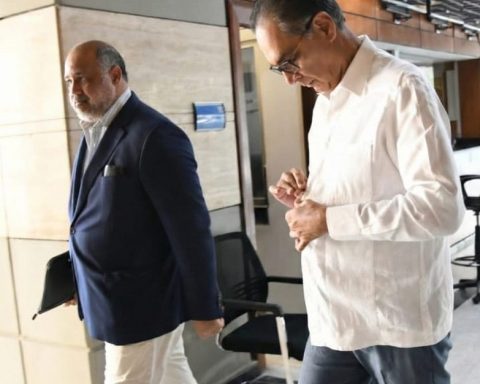It is not a land of giants, nor is it the entrance to the underworld of Greek mythology, but extraordinary things happen there. A car 7 times bigger than me crosses by my side full of ore and the furnace expels rivers of burning liquid like lava, at a time when the ambient temperature in the area reaches 40 degrees Celsius.
(Three solar power generation plants entered the national grid).
The place is extraordinary not only for what you see, but also for what is produced there. In 2021, 38,300 tons of nickel contained in ferronickel were shipped from the Cerro Matoso industrial mine, after an uninterrupted operation in which some 2,000 men and women participate daily.
A titanic task if one takes into account that from there the company’s production and export capacity is supported to different international markets. what happens there It is distributed to Europe, Asia (mainly China and Japan) and to a lesser extent to America.
Ferronickel is desired in the industry because it is the raw material for countless things we use every day, ranging from the pots and kitchen utensils we have at home to stainless steel-based cell phone chips (see infographics below).
“Fronickel, like the one we produce here, is the basis of what the industry manufactures to make life easier for people”says, dressed in a helmet, boots, mask and glasses, Ricardo Mejía, manager of the Mine and Ore Preparation, while we tour the plant in Montelíbano (Córdoba), on a Tuesday at noon.
(Realistic and sustainable energy transition!).
In Colombia, in addition to ferronickelminerals such as coal, gold, nickel, emeralds, copper, drag materials, cement, limestone and bricks. However, according to World Bank estimates, by 2050 the demand for minerals such as lithium, cobalt or graphite, with great production potential in Colombia but not yet explored in the country, will increase by more than 300%, This is why the sector insists on the need for a policy to promote mining, taking into account that without all the minerals, more electric mobility, or more wind or solar generation, is not possible.
Minerals, key to the energy transition
And it is that in times in which the world is committed to the energy transition and the governments of most countries close ranks against climate change, the mining sector makes a call to be taken into account for the main transformationssince it is seen as a key industry for the development of strategies that allow the environmental sustainability that is promoted so much, in addition to being a key sector for the economy, with a high growth potential.
In accordance with Juan Camilo Nariño, president of the Colombian Mining Association, Part of the public debate in Colombia and the world revolves around four public policies that must be implemented in the coming years: climate change, food, energy and economic security.
According to him, in order for us to be able to overcome these challenges, we must speak clearly about another public policy, without which these challenges cannot be carried out: the policy to promote mining.
“Renewable energies demand many minerals and Colombia has the potential to produce them. If we do not work now to generate the right conditions for its production and supply in a sustainable manner, the gap between supply and demand will make it unfeasible to massify the capacity to generate new energy sources”, Nariño told Portfolio.
(Elected government reduces doubts about energy transition).
For him, as for the sector in general, the energy transition cannot be seen as an isolated phenomenon and must include the participation of all forms of generation: thermal, renewable, nuclear, hydro, among others, with the necessary combination of technologies that allow a diverse and competitive generation to meet the main challenges of the transition, energy security and emission reduction.
According to him, with the energy transition and the use of responsible and well-done mining, Colombia would have a great opportunity to supply globally the sustainable production of the necessary minerals and, thus, be able to transform the wealth of the subsoil into employment and development for the country.
Coal.
For his part, for Pablo Urrutia, Vice President of Public Affairs and Communications at Drummond, a company that operates several coal mining projects in Colombia, this mineral, produced in the country, It generates important resources for the State, through royalties and taxes.
“Last year we generated resources for the State for $1.4 billion in royalties and $1.1 billion in taxes, fees and contributions. Historically speaking, the company has generated 5,140 million dollars in royalties and 3,625 million dollars in taxes, fees and contributions. In turn, Drummond’s foreign investment in the country, registered in the Banco de la República, exceeds 40,000 million dollars”Urrutia says.
In addition to the significant income generated by this industry, for Drummond, the companies that generate resources and employment are the ones that can leverage any development plan in the medium and long term, and that also applies to energy transition agendas.
“Energy security has become a paramount element for all countries, and the crisis in Europe caused by the war between Russia and Ukraine is clear evidence of this. The availability of energy sources such as coal has become very important, and Drummond has nearly 1.2 billion tons of reserves in its concessions in Colombia. Additionally, coal generates fiscal stability for the country”they add.
For the industry, the minerals produced in the country are necessary to guarantee the stability of the electricity grid and the incorporation of interruptible renewable energies such as the sun and water, among others, since infrastructure is built based on these minerals to this step, such as solar panels and parks and other structures, vital for sustainability purposes.
***
– “See what is there”, Ricardo Mejía tells me, while pointing to the car in which I will leave Cerro Matoso.
– “A car?”, I reply fearfully.
– “Yes, but in essence, it is also mineral”, sentenced.
This is how 10 things we use every day are made up of minerals

Electric cars.

Cell phones.

Home appliances.

hygiene products

Household cleaning product.

Solar panels.

Wind farms.

Public transport.

batteries

Money.
JAVIER ACOSTA
BRIEFCASE
